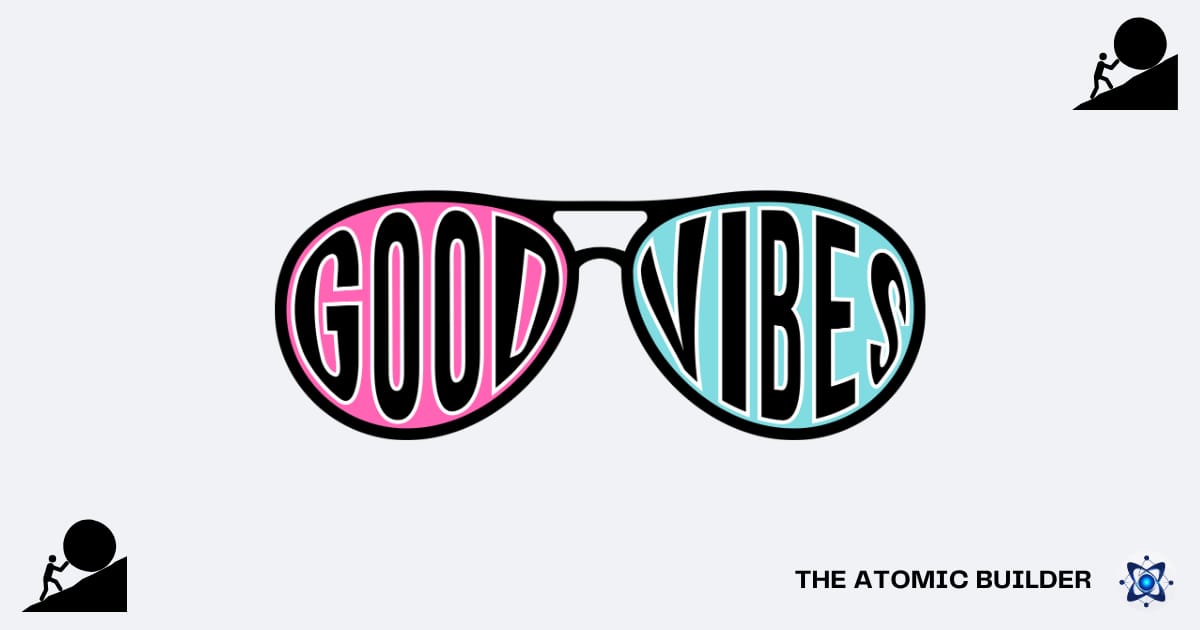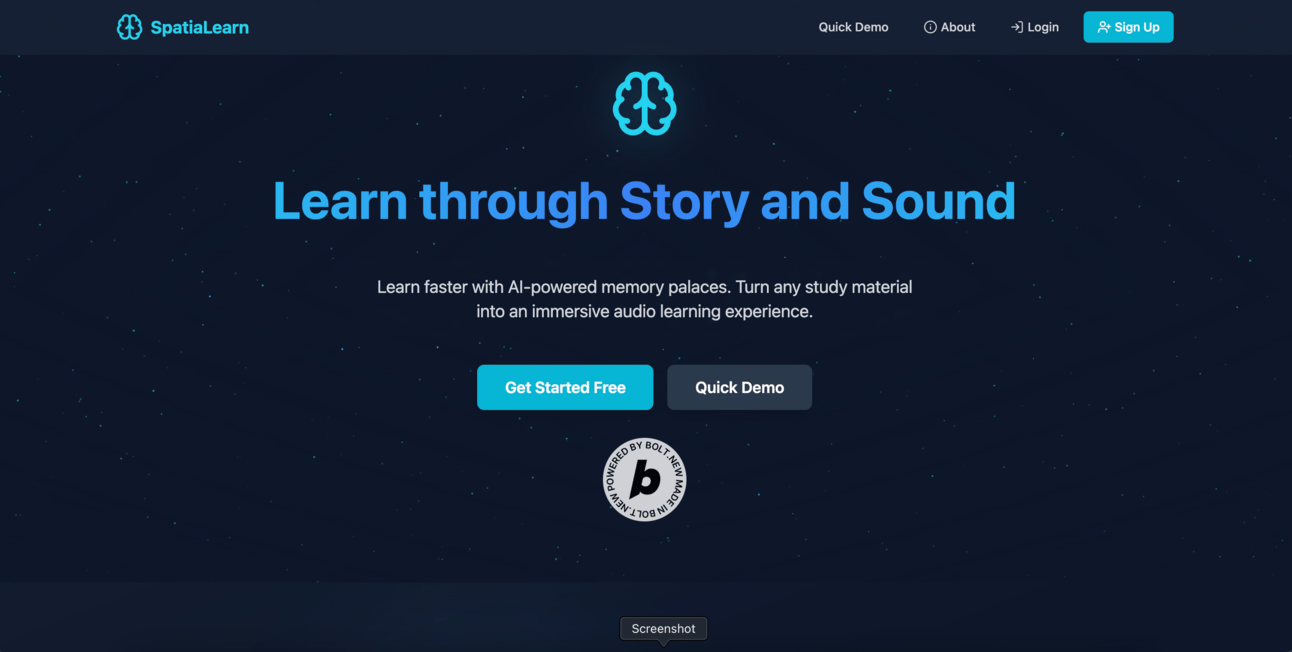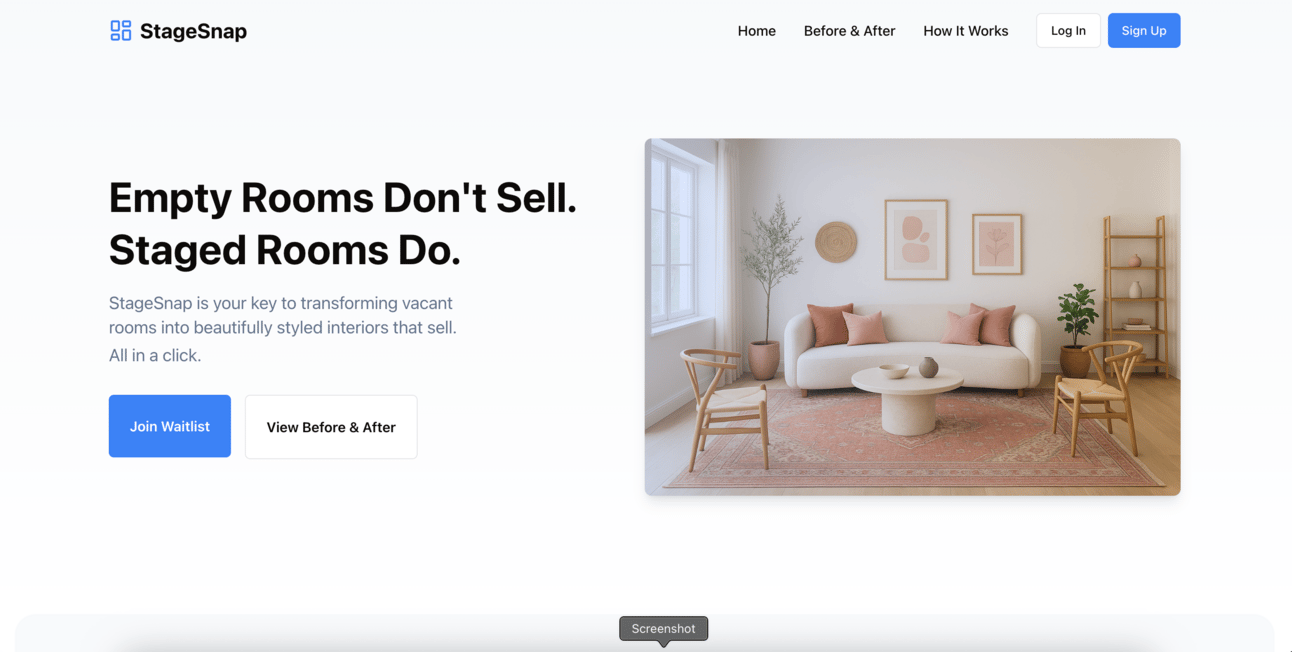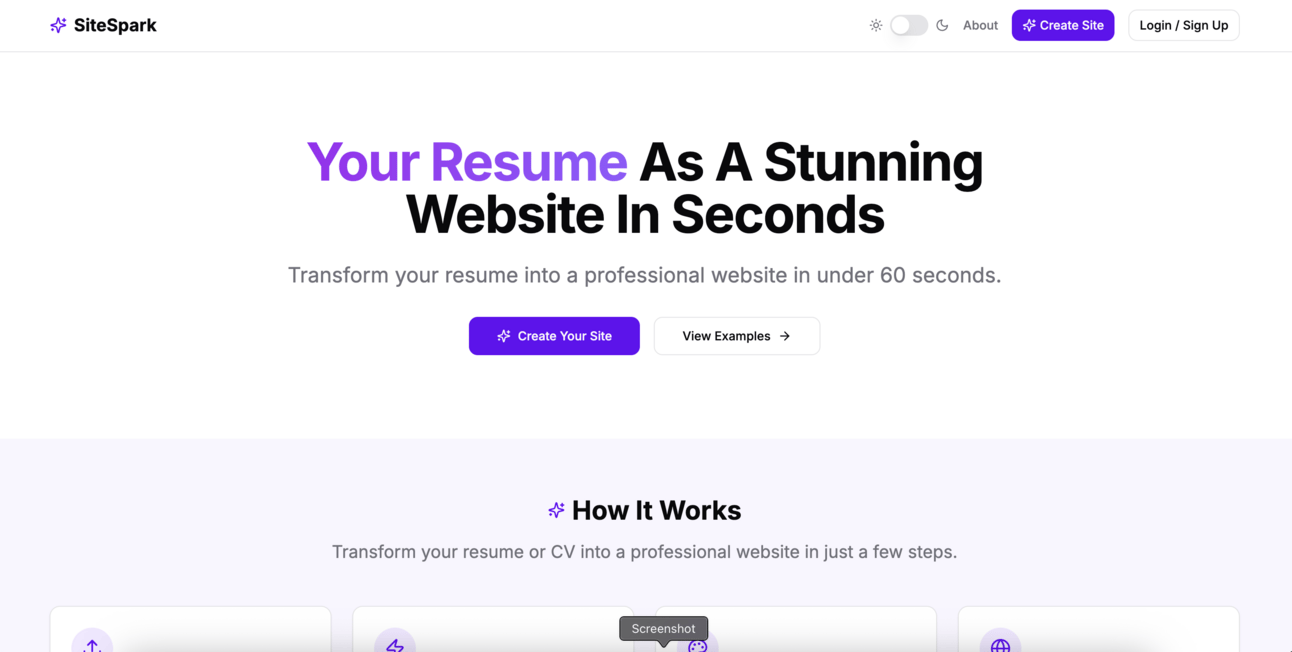- The Atomic Builder
- Posts
- The Art of Vibe Coding: Why “Easy” is Harder Than You Think
The Art of Vibe Coding: Why “Easy” is Harder Than You Think
Vibe coding is harder than engineering. Fact.

Hi, and welcome to The Atomic Builder!
Six months ago, I wasn’t convinced ‘vibe coding’ - building apps intuitively using AI - was practical, let alone powerful. Today, I’m hooked. Here’s why…
The backbone of the apps I have built, are because of the craft of vibe coding. Yes, I’m going to call it a craft. As Product Managers / founders, it’s your next super power, if you take it seriously.
Building apps guided by intuition, rapid iteration, and AI-driven tools…sounds simple and fun, right? Well, Matt Palmer from Replit nailed it when he said, “Vibe coding is harder than engineering.”
It’s true - and today, six months after starting this newsletter, armed with the experience of failed and successful experiments, we’re diving into why. Six months after not believing I’d be able to really build anything because the tools were not mature enough, I’m blown away by what ‘idea guys’ are doing.
Have you been subscribed to and enjoying this newsletter?
Help other product managers, founders, and creators stay ahead of AI-powered product building.
Forward this to someone you think might benefit so they can Subscribe to get The Atomic Builder every week.
Understanding Vibe Coding
First, let’s define it and be clear about what I mean.
Traditional development has clearly defined roles: a Product Manager, a Designer, an Engineer, and a QA tester.
Largely you stay in your lane and do what you’re paid to, right?
But in vibe coding, you’re all these roles combined into one. You juggle ideation, design, coding, testing, and refining. It’s fast-paced, intuitive, and frankly, quite intense.
But it unlocks so much in terms of your capability, takes it to a new level…
Vibe coding seems straightforward (lets write code in plain English), but that simplicity masks an attention to detail. Every decision is nuanced - product design, feature choices, technical implementations - all requiring constant curiosity and deep product sense.
Take my recent project, SpatiaLearn, for example. An immersive audio learning experience that sounds magical (and is!), but behind the scenes required precise audio engineering, complex UX design, and careful management of expensive API resources (looking at you, ElevenLabs, I’m still salty about that…).
Or StageSnap, an app I built that is still under wraps, to virtually stage homes using the best OpenAI image models (soon to be the first home staging app aimed at the UK property market). Will this resonate in the UK? Don’t know - But you’ll hear more about this soon. The challenge? Ensuring ultra-realistic images while keeping things simple and intuitive for users.
In short, vibe coding is an artful balance between dreaming big and managing small, critical details - making the right connections…
Day in the Life of a Vibe Coder
What does this look like?
I haven’t been vibe coding full time…perhaps that’s about to change…? Life has a funny way of giving you exactly what you need.
But in principle, what could an average day look like? You start with an idea, quickly sketch it out, code it, test, iterate, and repeat. But this process never truly ends.
What went well? Iteratively improving SpatiaLearn’s audio latency felt rewarding, and fine-tuning StageSnap’s prompts for realistic outputs was exciting.
But what didn’t? Trying to vibe-code multiple apps at once (I’m guilty here!). It’s easy to underestimate the complexity, dilute your energy, and slow overall progress.
There’s an element of unpredictability. You may struggle to code what a junior developer might do in the blink of an eye, but then implement something that could take a seasoned developer 1 week to code, in 30 seconds.
It’s exhilarating.
But you have to be prepared for that rollercoaster, or you’re frankly, ngmi…
Who’s vibe coding in the wild?
So is anyone actually doing this for real in the world. You’d be surprised, you’re not alone in this journey. Others are vibing too. Some, are doing incredible things:
Base44, a vibe-coded e-commerce platform built by a solo founder (with an eventual team!), recently sold to Wix for an impressive $80M cash deal. They started small but iterated relentlessly to create a product Wix couldn’t resist.
Sundar Pichai, Google’s CEO, personally experimented with Cursor and Replit, calling the experience “delightful” and emphasizing how accessible coding has become thanks to these AI tools. When tech leaders vibe-code, it's a clear sign this isn't just a fad.
Still not convinced…? Here's what I've managed to build...

I’m a vibe coder, just like Faisal
(My) Case Studies: When Vibe Coding ‘Pays’ Off
When it clicks, it's fantastic. My 3 most recent projects have turned out better than I expected - to the point where I'm genuinely torn about what to do with SpatiaLearn and StageSnap. Turn them into real ventures? Keep them as learning experiments? The "good problem to have" dilemma is real.
SpatiaLearn: Turns any study material into immersive audio journeys, dramatically improving retention and making learning enjoyable. Students experience reduced stress and increased engagement, transforming their learning habits.

Now live and FREE - But not FREE for long…
StageSnap: Empowers real estate professionals to create stunning virtual stagings effortlessly, enhancing property appeal, reducing turnaround times, and significantly boosting client engagement and sales opportunities.

Coming Soon…? Mulling it over…
SiteSpark: Enables anyone to transform their CV into a sleek, professional website instantly. Users benefit from immediate online visibility, greater professional credibility, and a distinct advantage in competitive job markets.These projects proved the intense effort and rapid iterations were absolutely worth it.

I can’t code. Neither can most of you. But if you have a voracious appetite, and the grit to not throw in the towel - ‘you can just do things’…So, have I got any tips? Well, as it happens…
Tips for Mastering Vibe Coding (With Help From the Pros)
I recently watched Andrej Karpathy's talk on "Software in the Era of AI," I realize we're all just getting started on this journey.
Karpathy (former Tesla Autopilot lead, OpenAI) basically laid out the roadmap for where product / software and vibe coding is heading, and it's both exciting and humbling. He talked about how we're in the "1960s era" of programming these new AI computers - which means there's so much more to figure out. It's stuff we should all be thinking about now:
Stay Organized: Use clear tools and workflows.
…where we're heading: Karpathy mentioned how forward-thinking teams are already creating "llm.txt" files and AI-readable documentation. I'm not there yet with my tools, but it's making me think differently about how I structure everything. If you’re working in a large org and they’re not thinking about AI implementation in this way - be prepared to be left behind.
Cultivate Curiosity: Stay open to learning new tools and techniques.
…the bigger picture: We need to start understanding "autonomy sliders" - when to give AI more control vs. when to keep it on a tight leash. It's a skill we should develop. ‘Context engineering’ is a bit topic I might dive into separately. Everyone has been so focused on the prompt and prompt engineering - what about context, without it, the prompt is much less effective.
Continuous Learning: Embrace frequent pivots and iterations.
…here's the evolution: Karpathy emphasized that verification will always be our bottleneck. Even when AI can generate 10,000 lines of code instantly, we still need to review it all. Learning to make that verification loop lightning-fast is going to be crucial.
Leverage AI Tools: Platforms like Replit, Cursor, and Bolt streamline your efforts.
…think bigger: These tools are just the beginning. Karpathy showed how the best builders are already thinking about visual interfaces for auditing AI work, because our "computer vision GPU" processes information way faster than reading text.
Limit Projects: Seriously, resist the urge to juggle too many apps.
…also start building for tomorrow: Karpathy's infrastructure insights suggest we should be thinking about making our projects AI-accessible from day one - not just for us now, but for the AI agents that will work alongside us later. If you’re juggling too much today, it’ll take away from this focus. Be intentional!
Karpathy basically confirmed what we're all feeling - we're "people spirits" learning to program these new computers in English.
But we're also accidentally building the foundation for a future where AI agents will be manipulating digital information right alongside us.
We're not there yet, but it's exciting to know where this is all heading.
I recommend watching the talk, if you haven’t yet.
Final Thoughts
Vibe coding pushes your limits but offers unmatched freedom and satisfaction. Seeing an idea transform quickly from concept to reality is rewarding.
I'm realizing we're not just messing around with tools - we're actually learning skills that are going to matter a lot more than we think. Every time we figure out how to wrangle AI into doing what we want, we're getting better at something that's going to be everywhere soon.
If you haven't tried vibe coding yet, just start. Build something silly, build something useful, doesn't matter. What matters is getting comfortable with this weird new dance between your ideas and AI's capabilities.
We get to help figure out what this future looks like. No pressure, but also... pretty exciting, right?
I'd love to hear your vibe coding stories - what's worked, what hasn't, and what surprised you about working with AI. Give it a shot in your next project, and let me help you along the way.
Want to dive deeper? Next week, we’re exploring vibe coding’s big leap - from experimental play to mainstream enterprise.
We’ll unpack why Google, Anthropic, Airtable, and Asana are betting heavily on vibe coding, and how you can prepare. Stay tuned!
Until next time, keep experimenting, keep building, and as always - stay atomic. 👊
Faisal
This Week’s Build Beats 🎵
Each issue, we pair the newsletter with a track to keep you inspired while you build.
This week, because AI building can be raw and uncut, like your first messy prototype…
🎧 “Sapphire” – Ed Sheeran
Grab the playlist on Spotify - I add to it each week!
 | Thanks for Joining! I’m excited to help usher in this new wave of AI-empowered product builders. If you have any questions or want to share your own AI-building experiences (the successes and the failures), feel free to reply to this email or connect with me on socials. Until next time… Faisal |
P.S. Know someone who could benefit from AI-powered product building? Forward them this newsletter!


